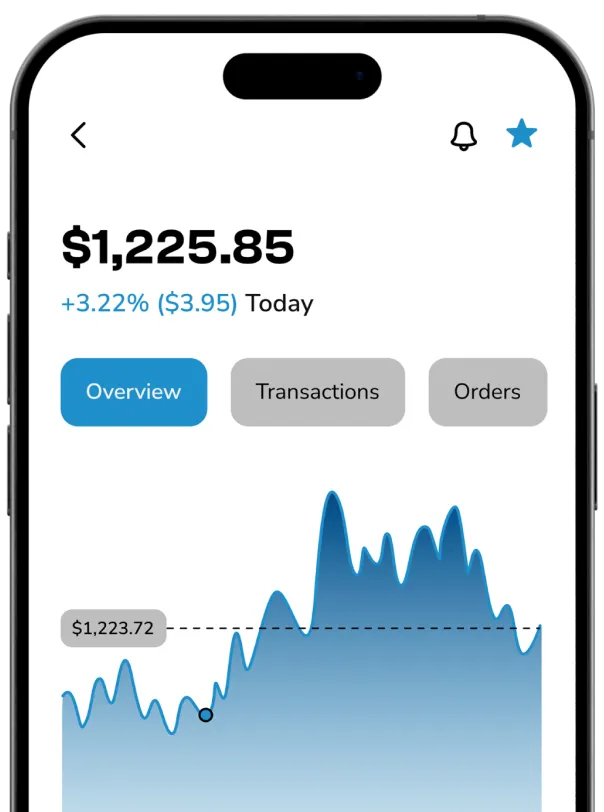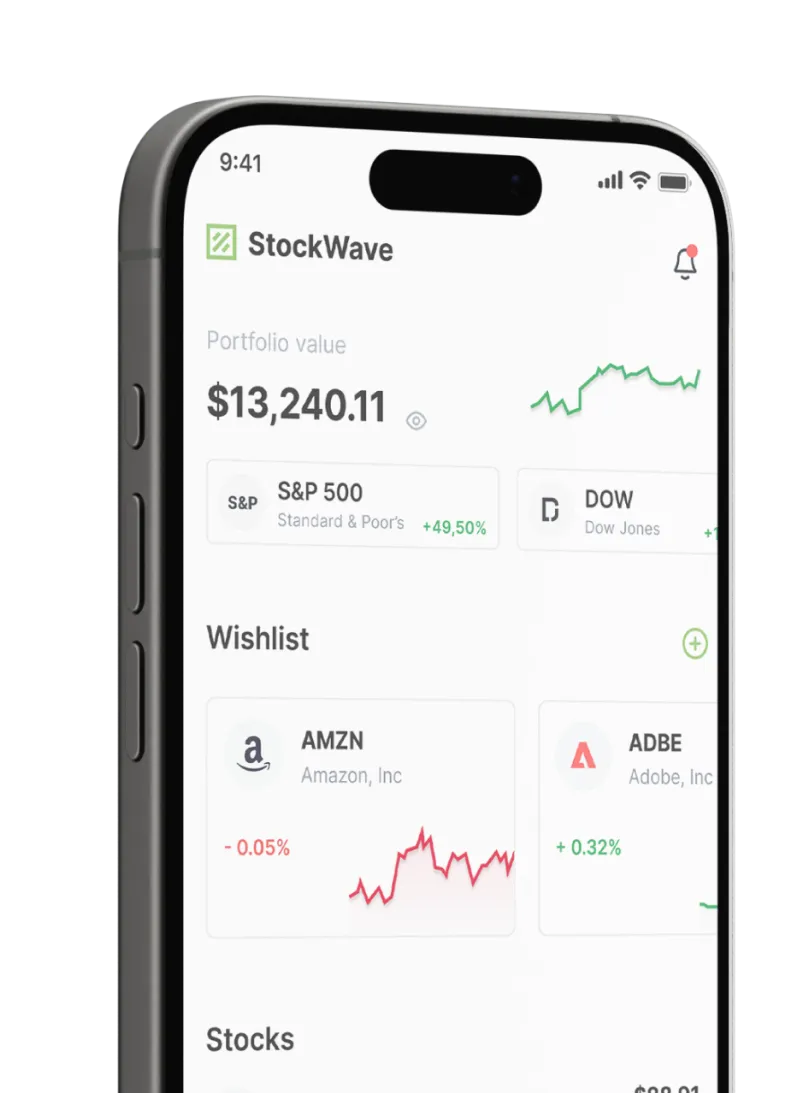

The real-world property or resource that a digital token represents, providing intrinsic value and backing for the tokenized investment, such as real estate, infrastructure, or commodities.

The fixed price at which a token holder can buy or sell the underlying asset in the future, commonly used in structured investment products or options linked to tokenized assets.

The specific date on which a tokenized contract, option, or structured product reaches maturity, after which the rights associated with it—such as buying, selling, or claiming returns—can no longer be exercised.

The additional cost paid by an investor for acquiring a tokenized option or structured product, reflecting the value of the rights or benefits it provides beyond the underlying asset.

Investing based on the expectation of future price movements, often involving higher risk in pursuit of potentially significant returns from tokenized assets or market trends.

Using investments or strategies to reduce potential losses by offsetting risks associated with tokenized assets, helping to protect your portfolio from market fluctuations.

The process of earning regular returns from tokenized assets through methods such as rental income, dividends, or interest payments, providing a steady cash flow to investors.


Options are advanced financial instruments that require a strong grasp of market mechanics, pricing models (like Black-Scholes), volatility, and the factors that affect an option’s value (the “Greeks”). Misunderstanding these can lead to poor investment decisions.
Buyers of options pay a premium upfront. If the market doesn’t move in the anticipated direction before expiration, the option may expire worthless, resulting in a total loss of the premium paid—unlike stocks, there’s no residual value.
Writing (selling) options without holding the underlying asset or an offsetting position exposes sellers to significant risk. For example, an uncovered call seller faces unlimited losses if the asset's price rises sharply, since they may have to purchase the asset at a high market price to sell at the lower strike price.
Options lose value over time, especially as they near expiration. Even if the underlying asset remains stable, the option’s time value diminishes daily—this phenomenon is called time decay and disproportionately affects short-term options.